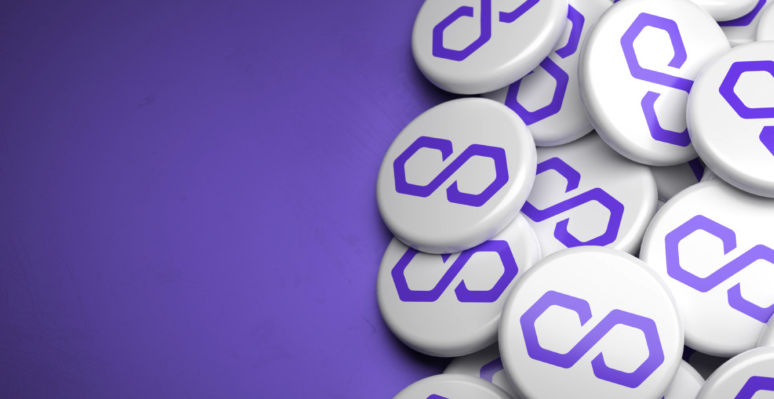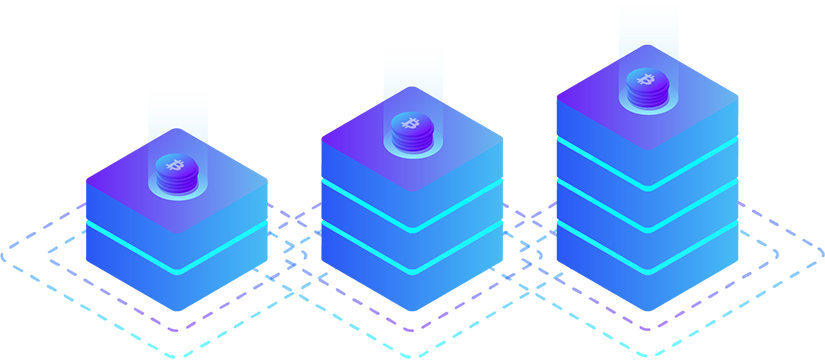
Polygon’s MATIC to POL Migration
What You Need to Know
After a year of community-led discussions and consensus, the Polygon network has officially upgraded its native token from MATIC to POL. This migration is a significant milestone for the Polygon ecosystem, marking the beginning of a broader transformation as Polygon evolves into an aggregated blockchain network.
What Does the POL Migration Mean?
As of September 4, 2024, every transaction on Polygon PoS will be fueled by POL, replacing MATIC as the native gas and staking token. The migration process is seamless, ensuring backward compatibility to avoid any disruption for users, validators, developers, or applications currently operating on the Polygon PoS network.
For MATIC holders on Ethereum, a 1:1 migration to POL can be done through the Polygon Portal Interface, while for those on Polygon PoS, no action is needed, as the upgrade happens automatically.
The Future Role of POL
The migration to POL is not just a token swap; it represents a fundamental shift in Polygon’s vision. POL is designed as a hyperproductive utility token that will play an increasingly crucial role in the broader Polygon ecosystem. As the network continues to evolve into a multi-chain, aggregated network via the AggLayer, POL will be essential for securing not only the Polygon PoS network but also future chains and services connected to it.
Key Features of POL:
- Backward Compatibility: Ensuring a smooth transition for users and applications from MATIC to POL without any disruption.
- Native Gas and Staking Token: POL secures the Polygon PoS network, driving every transaction and playing a critical role in network security.
- Future Utility: Beyond its current role, POL is poised to expand its utility across the broader Polygon ecosystem, including staking hubs and the AggLayer.
- Tokenomics and Emission Model: The POL tokenomics include a 2% emission rate over a decade to support network security and community development. This emission model allocates rewards for validators and funds for community development, ensuring the network’s continued growth and security.
Steps for MATIC Holders
- Polygon PoS Users: No action is required, as the migration to POL will occur automatically.
- MATIC Holders on Ethereum: Migrate your tokens through the Polygon Portal Interface.
- Developers and Protocols: Oracles, DeFi protocols, smart contracts, and others need to update their systems to reflect the transition to POL. Additional details can be found in the migration FAQ.
A Seamless Transition for Developers and Validators
For developers, validators, and other ecosystem participants, Polygon has ensured that the migration to POL is smooth. With backward compatibility in place, there is no disruption to existing applications or smart contracts. Validators and delegates can easily transition to POL for staking and rewards, with detailed instructions provided in the official Polygon Docs.
Additionally, Polygon is committed to supporting the community through the next phases of this migration, as POL will eventually expand its role to include participation in staking hubs and broader aggregated networks.
Why This Matters: Polygon’s Evolution to a ZK Chain
The POL migration is part of a larger evolution of Polygon into an aggregated network powered by zero-knowledge (ZK) technology. Through the AggLayer, Polygon aims to unify liquidity and state across multiple chains, offering greater scalability, efficiency, and security. POL will play a crucial role in this ecosystem, securing not only Polygon PoS but also future chains that join the AggLayer.
Final Thoughts
The migration of MATIC to POL represents a forward-looking step for the Polygon network as it continues to evolve into a multi-chain, aggregated Web3 ecosystem. With the community at the center of this transformation, POL will drive the next phase of Polygon’s growth, ensuring that the network remains secure, scalable, and ready to support the vision of an aggregated blockchain future.
As the Polygon ecosystem expands, POL will become increasingly vital to both the security and utility of the network. Stay updated by following Polygon’s blog and social channels for the latest developments on the POL migration and future upgrades. The future of Web3 is aggregated, and POL is leading the way.
For more details on the POL migration, visit the Polygon Migration Portal and Polygon Documentation.
